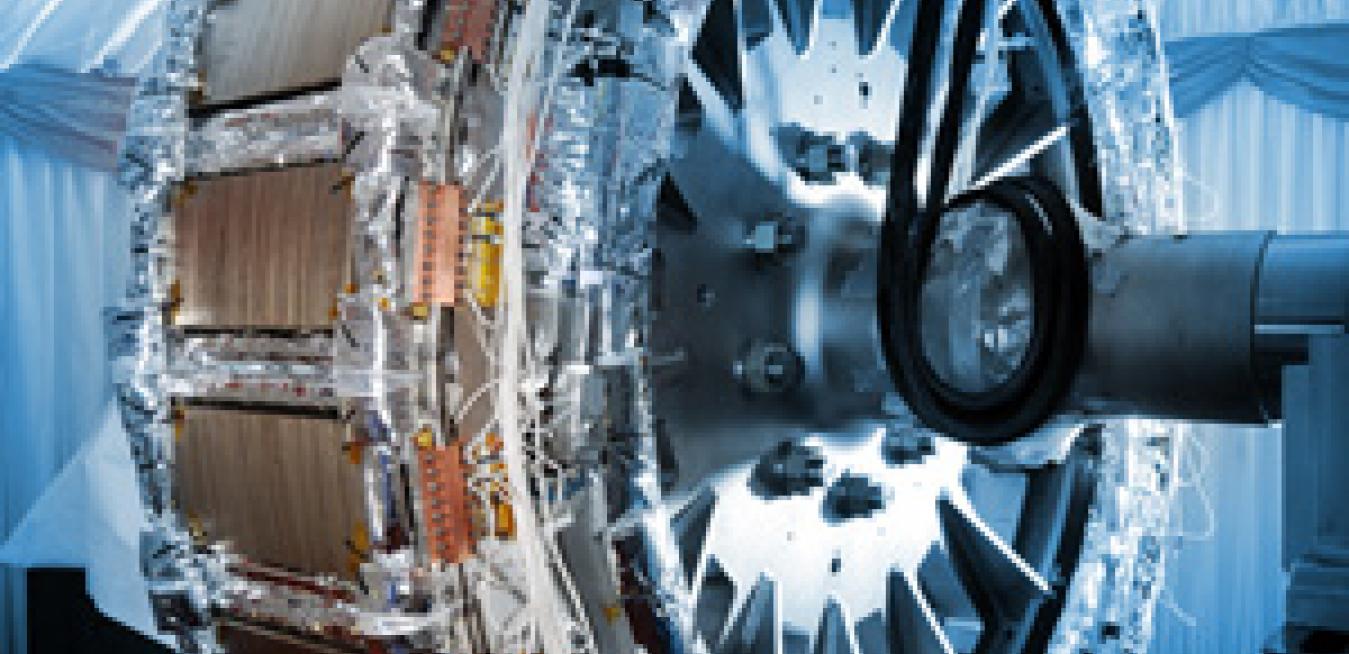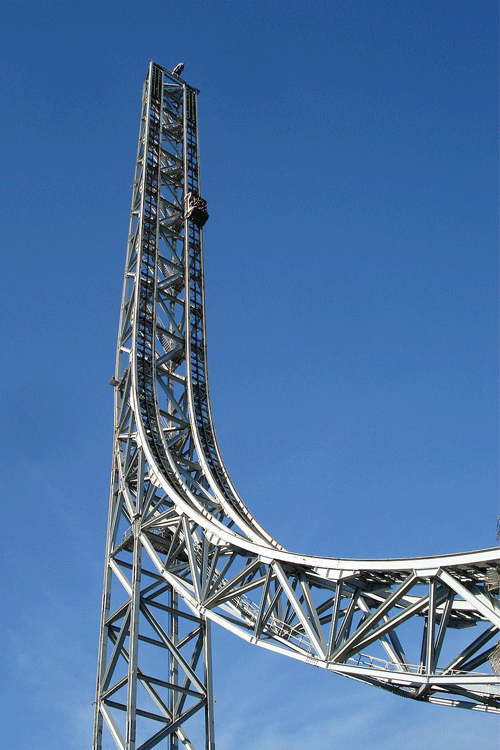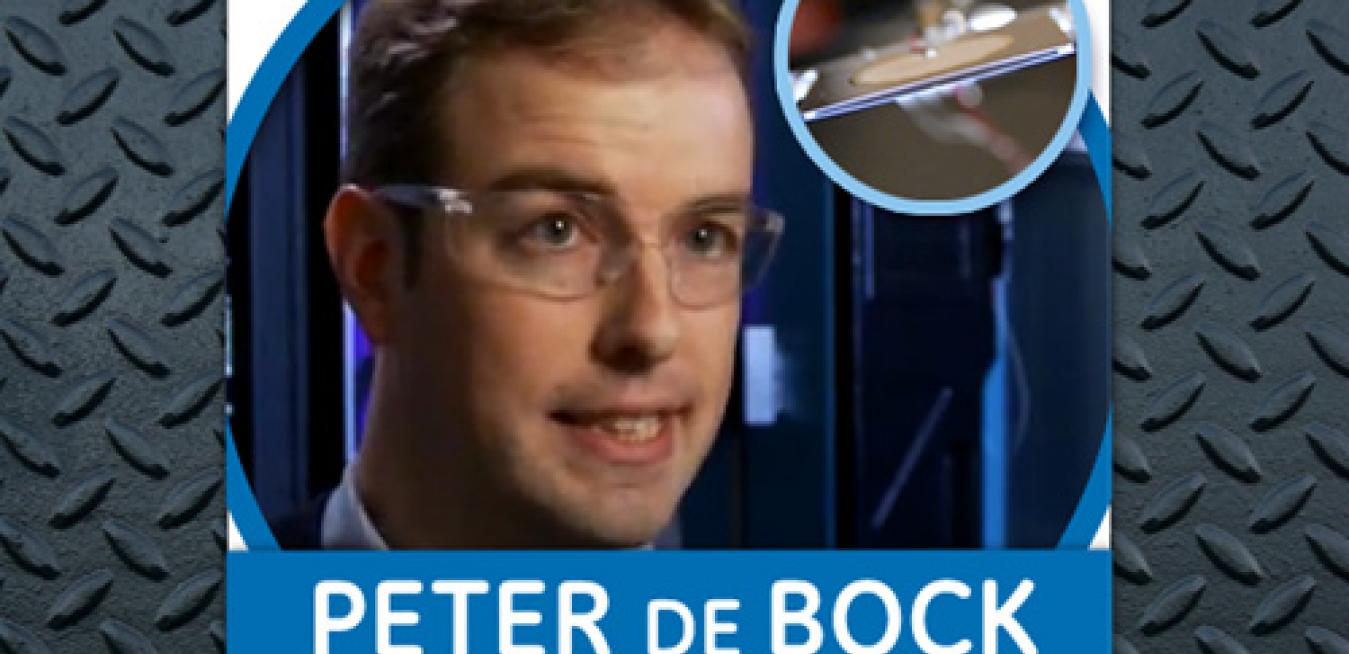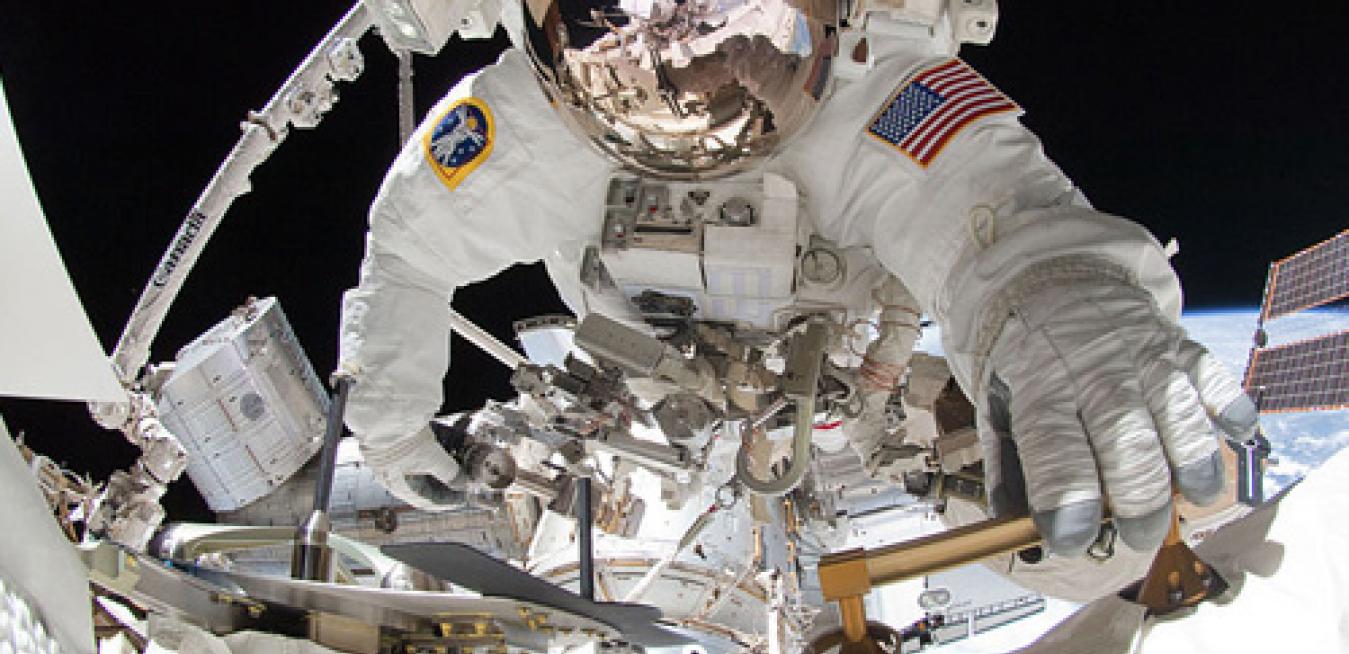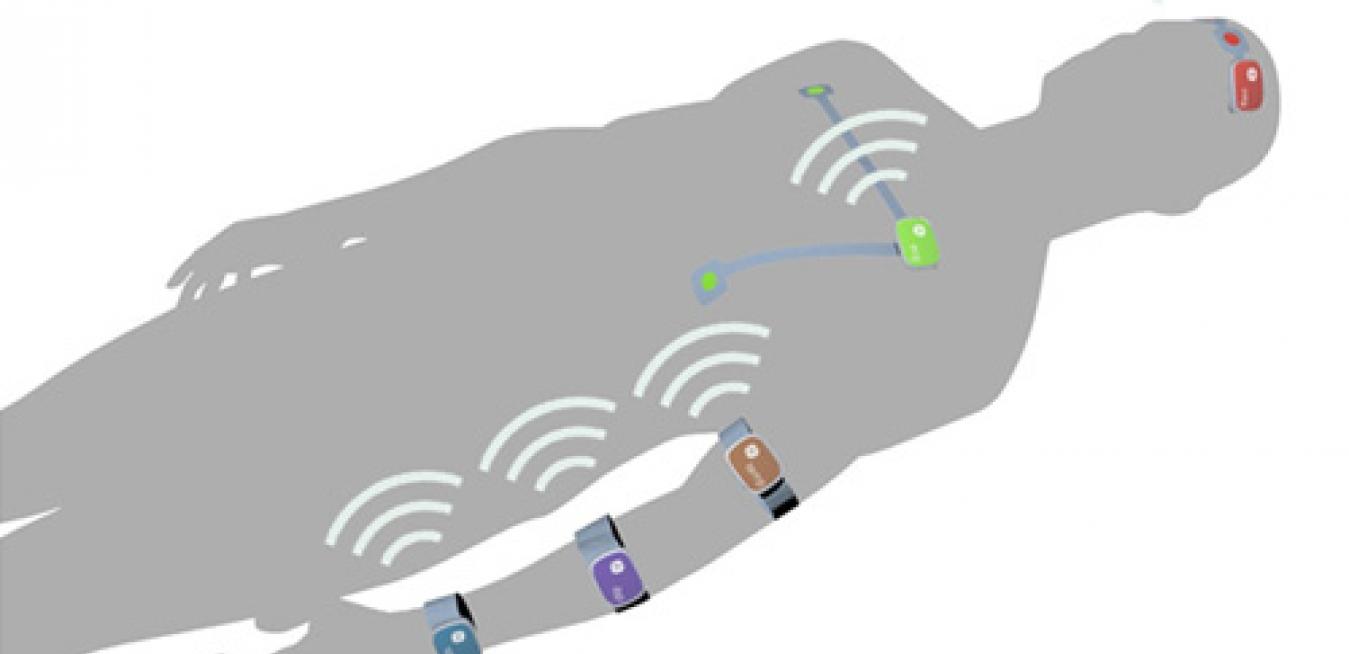People have been using ceramics to store food, drink tea, and tile their homes for millennia. But GE engineers recently upped the ante and started putting high-grade ceramics inside jet engines.
Ever since Ulysses plunged his oar in the wine-dark Aegean Sea, mariners have been looking for an efficient way to move a ship. Greek galleys anticipated Robert Fulton’s paddle wheel, which was put out of business by the screw propeller. But GE engineers now built and patented a new machine that attaches to the bottom of a ship like a jet engine to an aircraft wing, and looks like one too. The device, called the Inovelis pump jet, can swivel 360 degrees around its axis and push the ship in any direction without a rudder.
Ever since Samuel Hopkins received the first U.S. patent for making potash in 1790, inventors and companies have used patents as shield and sword to protect their ideas. Not anymore. Channeling the lean startup vibe, GE has invited innovators to turn swords into gadgets.
A century ago, Dutch physicist Heike Kamerlingh Onnes cooled a ring made from mercury near the absolute zero [at 0 Kelvin (minus 459 F) the coldest possible temperature], sent through electrical current and removed the battery. One year later, the current was still flowing. The experiment helped Kamerlingh Onnes discover superconductivity, a physical phenomenon that drops electrical resistance to zero in extremely cold metals.
When the Superman: Escape from Krypton roller coaster opened at Six Flags Magic Mountain theme park in Valencia, California, in 1997, it was the tallest ride in the world and one of the fastest. The coaster can shoot a 6-ton car carrying 15 people up a vertical tower 415 feet tall at 100 miles per hour. The Escape was the first ride in the world powered by an electric linear motor system, developed by engineers at GE’s Power Conversion business.
Early last summer, Sister Mary Ethel Parrot dropped by the office of WaterStep, a Louisville charity fighting waterborne disease around the world, and picked up a pair of tote bags filled with tubing, clamps and other plastic parts. The nun took them on a plane to Uganda, where she had set up a boarding school for girls.
Hurricane Sandy has cut power to six million homes across the northeast of the U.S. on Monday night, breaking trees and ripping power lines. But also insidious was the surging sea that knocked out electricity across New York City and in many seaside towns. Consolidated Edison had preventively shut down the grid in neighborhoods prone to flooding, but the utility still experienced “the largest storm related outage in our history.”
There are many risks involved in spaceflight. Eye damage is one of stealthiest. NASA has documented at least seven cases where astronauts with healthy eyes returned to Earth with altered vision. For some, vision loss lasts only a few weeks. Others must live with the condition for much longer and in some cases it may not resolve. The cause remains unknown, but one possible culprit is elevated intracranial pressure caused by an extended stay in microgravity.







